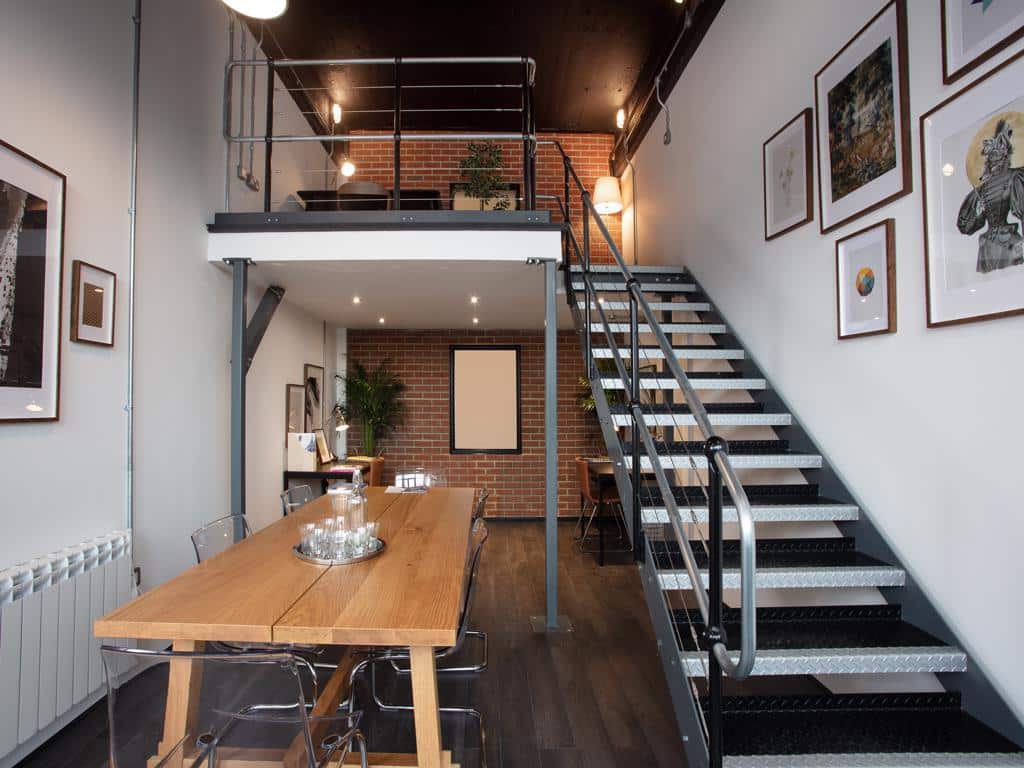This website uses cookies so that we can provide you with the best user experience possible. Cookie information is stored in your browser and performs functions such as recognising you when you return to our website and helping our team to understand which sections of the website you find most interesting and useful.
Aesthetic Workspaces: Where Functionality Meets Design
The concept of workspaces has transcended mere functionality to encompass a harmonious fusion of utility and design. The paradigm shift towards aesthetic workspaces reflects a growing understanding that the environment in which we work significantly influences our productivity, creativity, and overall well-being.
Aesthetic workspaces are those meticulously curated environments where functionality seamlessly meets design, creating a dynamic and inspiring atmosphere for individuals to thrive in their professional endeavors. Gone are the days when offices were sterile, utilitarian spaces; today’s workspaces are envisioned as extensions of corporate culture and individual identity.
At the heart of aesthetic workspaces is the belief that a visually pleasing and thoughtfully designed environment fosters a positive mindset and, consequently, enhances performance. These spaces are not just about incorporating aesthetically pleasing elements but are a careful curation of colors, textures, and ergonomic furniture that collectively contribute to a conducive work atmosphere.
Functionality remains paramount in aesthetic workspaces. Every design element is intentional and serves a purpose in facilitating efficiency and productivity. From open-concept layouts that encourage collaboration to ergonomic furniture promoting comfort during long hours, these workspaces prioritize utility without compromising on the visual appeal. The seamless integration of technology, adaptable furniture, and efficient storage solutions underscores the commitment to marrying form and function.
In addition to enhancing productivity, aesthetic workspaces contribute to a positive company culture. A well-designed office communicates a sense of identity and purpose, aligning with the brand’s values. It becomes a space where employees feel motivated, valued, and proud to be part of the organization. This, in turn, can lead to higher job satisfaction, increased engagement, and a sense of community among colleagues.
The trend towards aesthetic workspaces is not limited to traditional spaces. With the rise of remote and flexible work arrangements, individuals are now investing in creating aesthetically pleasing home offices. This trend recognizes the importance of a visually appealing and well-organized workspace in maintaining motivation and focus, even outside the conventional office setting.
In conclusion, the evolution of workspaces to prioritize aesthetics alongside functionality marks a significant shift in how we perceive and interact with our professional environments. Aesthetic workspaces are not just about creating visually appealing offices; they represent a strategic approach to enhancing both the work experience and the overall quality of professional life. As we continue to acknowledge the impact of our surroundings on our well-being, the rise of aesthetic workspaces is poised to redefine the future of work.

